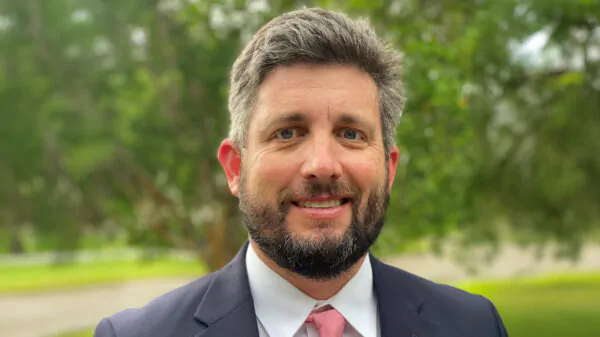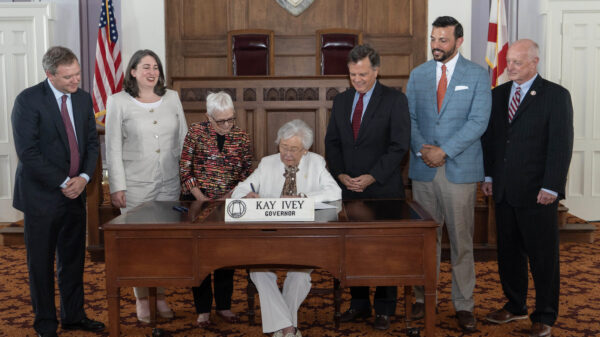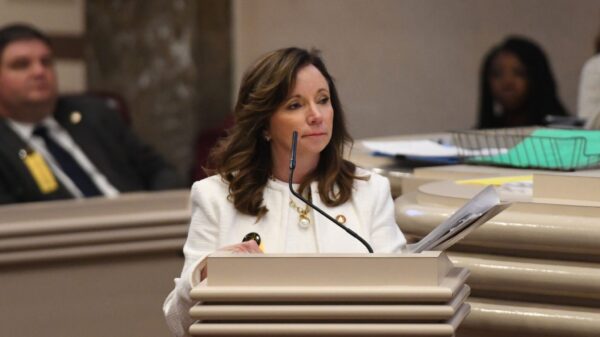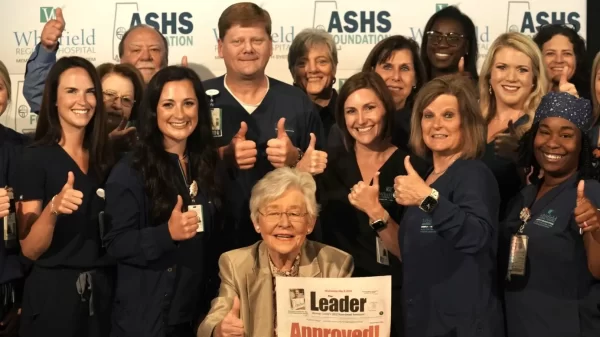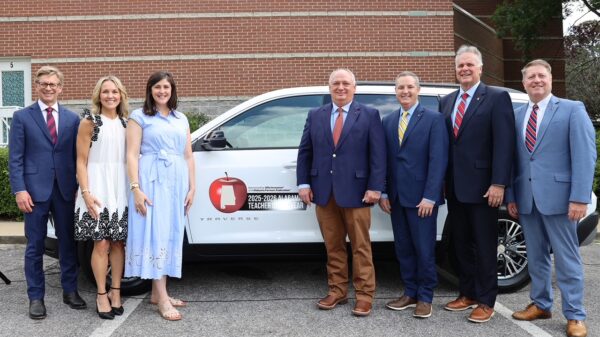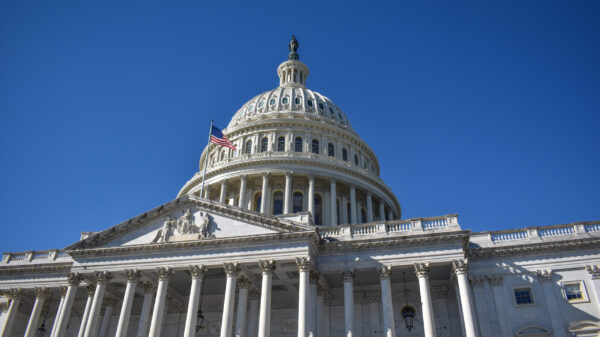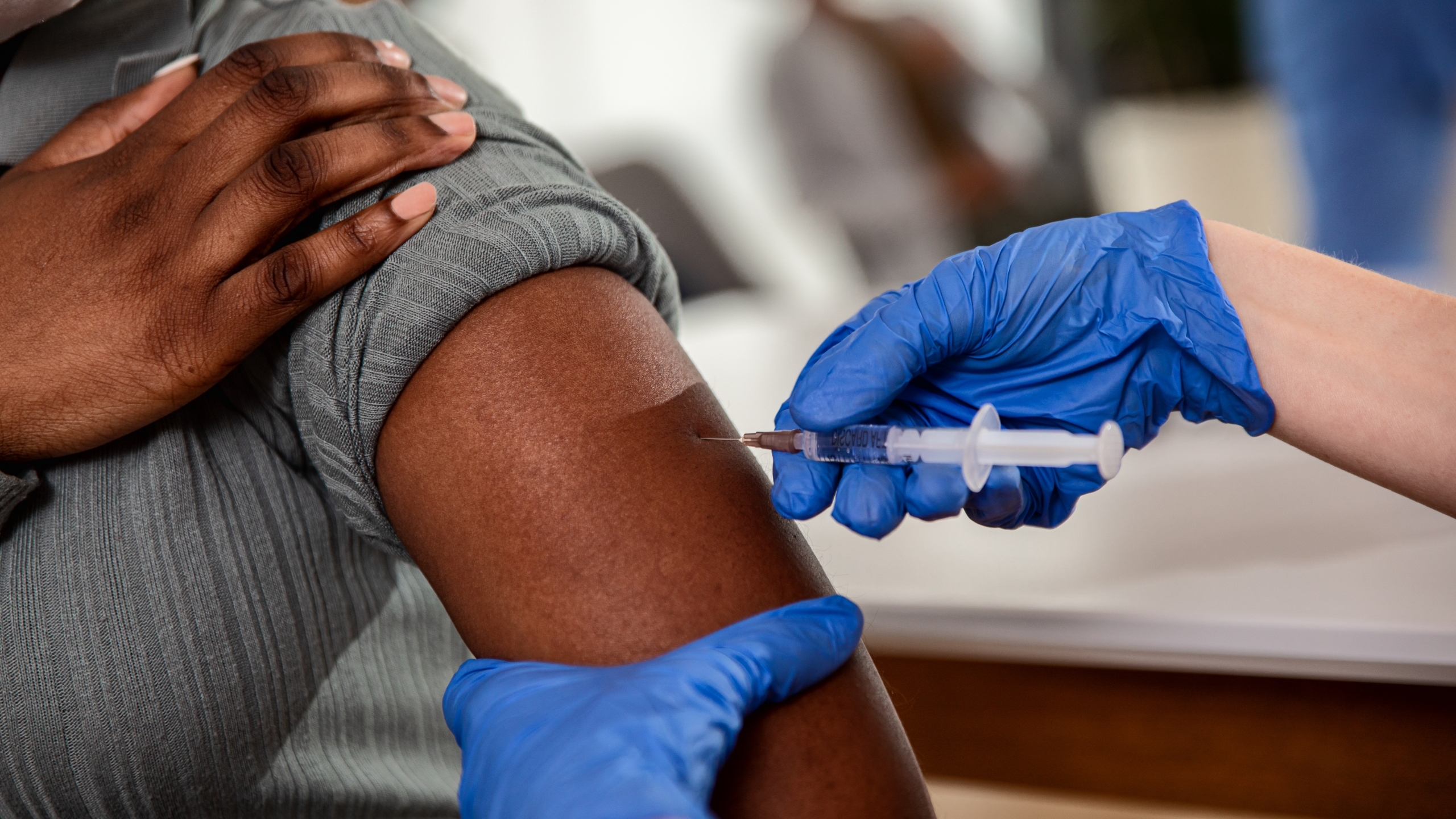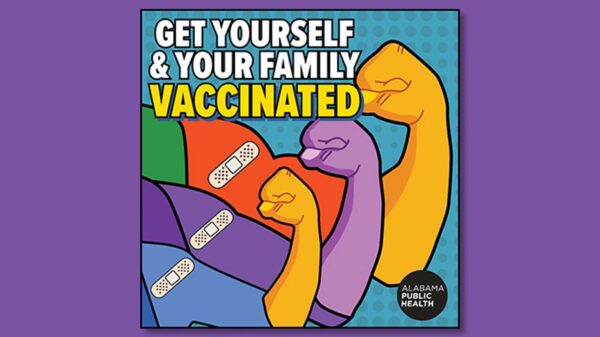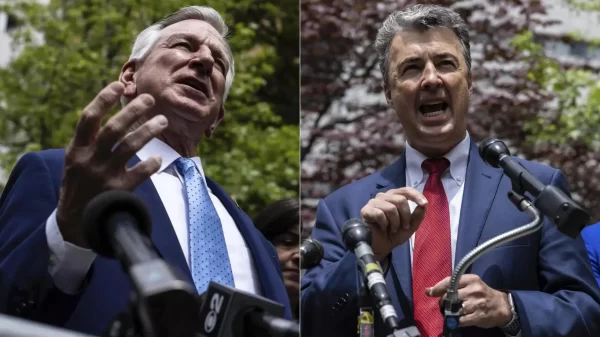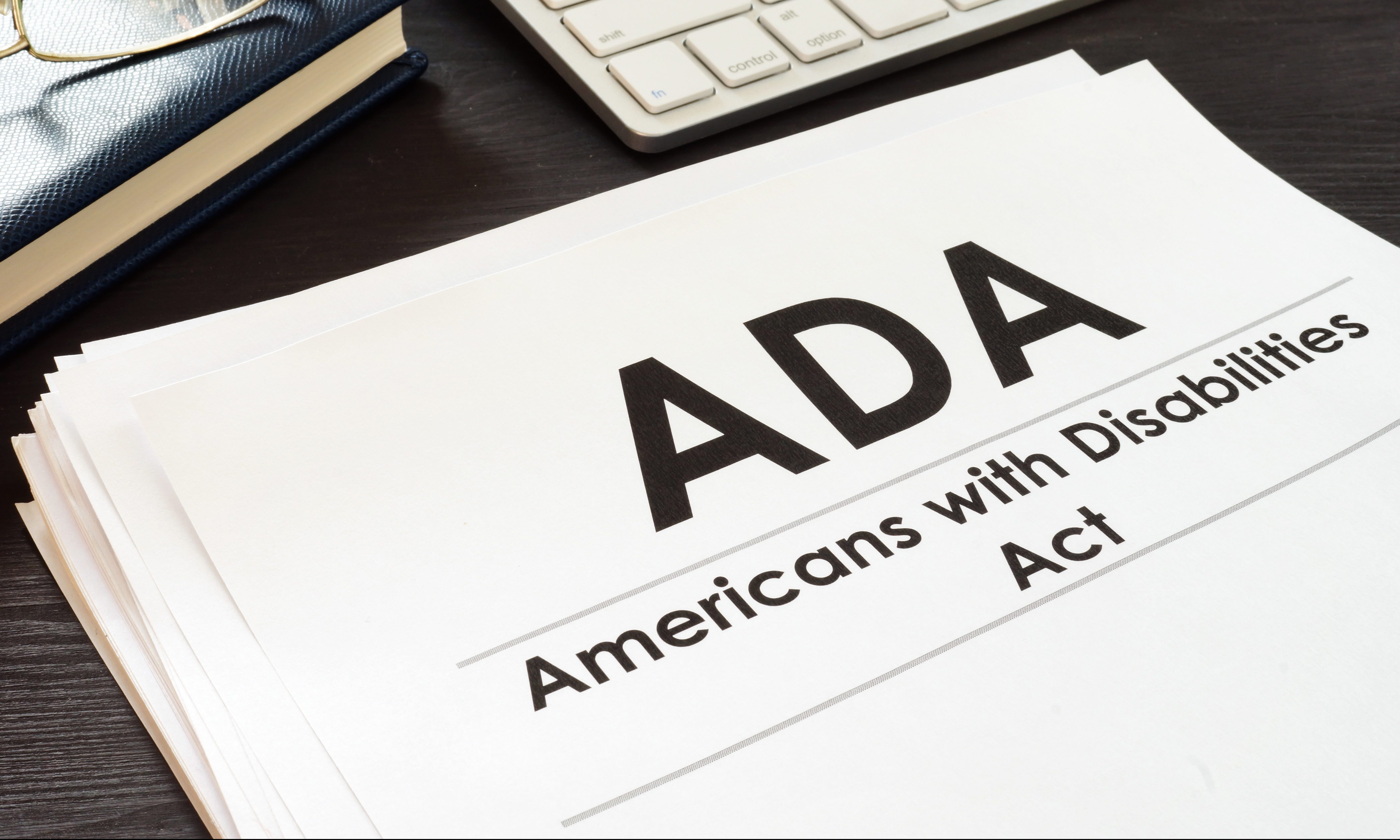Dr. Rachael Lee, assistant professor in the UAB Division of Infectious Diseases, and Dr. David Kimberlin, professor and co-director in the UAB and Children’s of Alabama Division of Pediatric Infectious Diseases, on Monday discussed the current state of COVID-19 and Pfizer’s announcement Monday that the company’s COVID vaccine is safe and effective for children aged 5 to 11.
Pfizer in a press release early Monday said that a clinical trial showed that doses in the amount of one-third of that given to older children and adults proved to be safe and provided “robust” antibody responses.
“Further, the COVID-19 vaccine was well tolerated, with side effects generally comparable to those observed in participants 16 to 25 years of age,” the company said in the release.
No vaccine has been approved for use in children under the age of 12 in the U.S. Pfizer plans to file for an emergency use authorization from the U.S Food and Drug Administration to open the vaccine up for use on those younger children.
When could the FDA approve this vaccine for those aged 5 to 11?
“What a lot of folks, Dr. Fauci and others have said is that they anticipate we may have an authorization before Halloween, and that would be a tremendously positive step forward,” Dr. Kimberlin said.
How important is it to get those younger children vaccinated?
“It’s important from the standpoint of protecting those children so they don’t end up in the hospital, end up in the ICU, end up on a ventilator,” Kimberlin said. “It’s also critically important from the standpoint of our larger community. Children under 12 years of age do not make up an insubstantial percentage of our population.”
What does the current picture of children with COVID in Alabama look like?
“For the last several weeks we have been running pretty consistently at Children’s of Alabama, two to three times more COVID hospitalizations than we were having back at the worst part of the pandemic in January of this year,” Kimberlin said. “… A third or so end up in the ICU. Several on vents. We have some on heart, lung bypass machines. This is serious.”
Do many children hospitalized for COVID have other underlying medical conditions?
“In many, but not all. Some are previously normal healthy kids. No comorbidities,” Kimberlin said, noting some data shows approximately 40 percent of children hospitalized with COVID had no comorbidities.
“Certainly, there are things that put some children at higher risk, but we’re all at risk. Until we’re on the other side of the pandemic, all of us are at risk,” Kimberlin said.
“If you go to a high school football game on Friday, look around the high school football field. Those are the children that are dying,” Kimberlin said. “These are otherwise rather unremarkably-appearing children. They look like your children and they look like my children.”
Are there any concerns about myocarditis and young males receiving the vaccine?
“Myocarditis is, when it happens, exceedingly rare,” Kimberlin said. “It is short-lived. The average duration of hospitalization is two days or something like that. It’s treated with things like ibuprofen. Advil. This isn’t a serious kind of thing.”
“Based on the current data you’re three times more likely to get struck by lightning than you are to have myocarditis following receipt of an mRNA vaccine, and if you get COVID, you’re many times more likely to have myocarditis from the disease than you are from the vaccine.”
CNN reported Monday that a Pfizer spokesperson confirmed that were no instances of myocarditis in those children aged between 5 and 11 in the clinical trial.
What is the current state of COVID?
“Hospitalizations and new cases across the United States do appear to be coming down. It’s very, very slow compared to the last surge. We’ve had an 8 percent reduction,” Dr. Lee said. “But as everybody’s aware, deaths always lag behind hospitalizations, and so our death numbers are increasing in the United States and in Alabama.”
“In Alabama, we’ve seen a 177 percent increase in deaths over the past 14 days, and that’s very sobering when you think of how many people we could be preventing illness and preventing death with vaccination,” Lee said.
“At UAB we are seeing a slow, slow downtick in our numbers of hospitalizations, but we are still very full, as a hospital and across Alabama. ICU’s are very, very full right now. In fact, 50 percent of the cases in ICU’s right now are due to COVID-19 patients.”
Kimberlin likened the current state of COVID to watching on TV as helicopters rescue flooding victims from rooftops.
“The water is no longer rising, but it’s not really dropping very much either,” Kimberlin said. “We’re still at the roofline here, and so when people hear things are getting better, this isn’t like freedom. This is still exceedingly dire.”
With a decrease in COVID cases some Alabama school systems have begun lifting mask requirements. How long should schools require masks?
“Indefinitely,” Kimberlin said, noting that the CDC recommends masks be worn by both the unvaccinated and vaccinated when indoors in areas of high transmission, which Alabama categorized as.
The CDC, the Alabama Department of Public Health and numerous medical associations all recommend universal masking in schools.
“The idea that some school systems have done, saying, well, these two weeks of wearing masks has worked really well so let’s stop wearing masks? That just doesn’t pass the sniff test. That just doesn’t make sense,” Kimberlin said. “And yet that’s what many schools are doing. I can promise you what’s going to happen. Cases will come roaring back and then they’ll have to redo it all over again.”
What does the timeline look like for possible vaccine approval for those under five?
“By the end of this year, and perhaps the very first part of 2022. That’s when the data for the six month through four years of age cohort will be available,” Kimberlin said. “So I am hopeful, data permitting, that we get five to 11 by the end of October. I don’t think under five is likely, my best guess would be early 2022, and by early I mean like January and February, but I’m guessing with that.”
What are your suggestions to best protect those age groups that are not eligible for the vaccines?
“Continue to mask up,” Lee said. “It is important if you’re fully vaccinated to mask around others, and to mask when you’re indoors in particular.”
“Ask your kids to mask. Teach them how to wear a mask appropriately. Also, keep them home when they’re sick, even if it’s a runny nose and a slight cough. We want to make sure that we’re not adding to transmission in our communities.”










